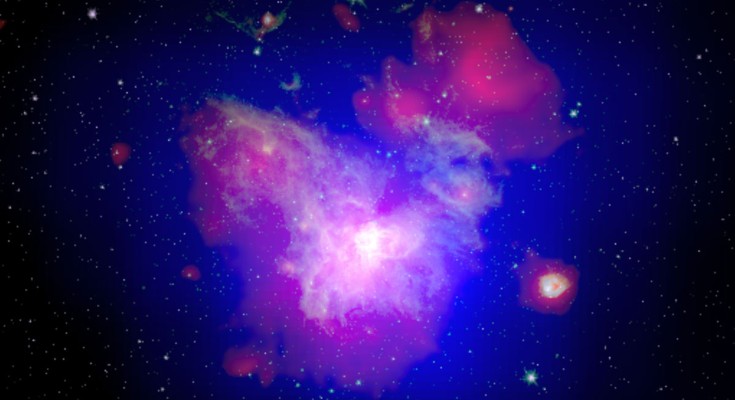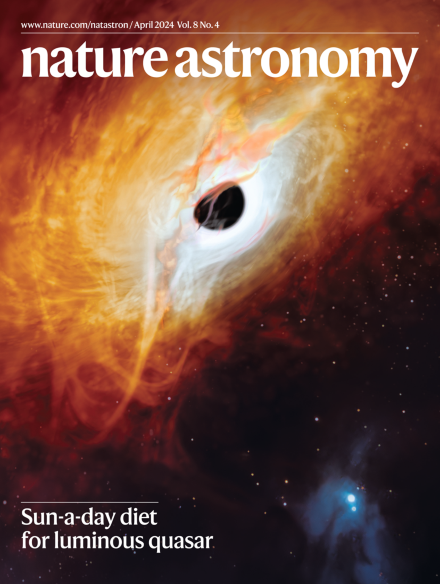
Our April issue is now available to read!
In the April issue, we read about the diverging evolutionary pathways of Venus and Earth, placing human remains on the Moon, the hunt for the most energetic photons in the Galaxy and much more…

In the April issue, we read about the diverging evolutionary pathways of Venus and Earth, placing human remains on the Moon, the hunt for the most energetic photons in the Galaxy and much more…


Phase-curve observations of the ‘hot Jupiter’ exoplanet WASP-43b, made at mid-infrared wavelengths using JWST, provide evidence that fast winds limit the formation of methane on the cooler, cloudy nightside of the planet.